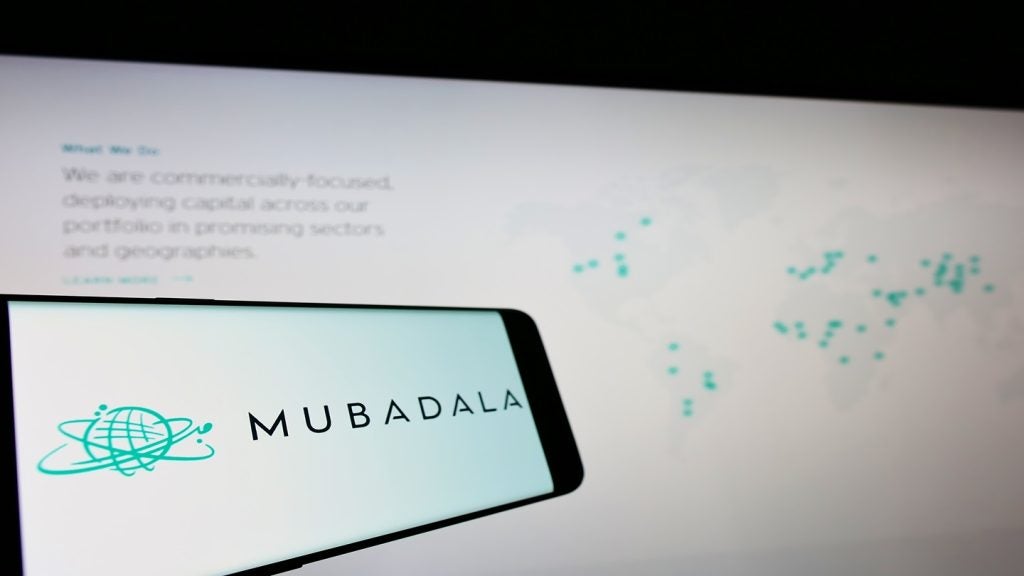For a country that prides itself on an egalitarian society, the Netherlands has a large proportion of wealthy individuals. The growth of HNWIs in the region has contributed to one of the highest levels of wealth inequality in Europe. John Schaffer looks into a WealthInsight country report to find out more
The Netherlands is the 6th largest economy in the eurozone and has a total population of just under 17m people. The small, densely populated country has moderate unemployment and inflation rates and its GDP stood at $722bn, as of December 2014.
The Netherlands has traditionally had an open economy; the level of trade with other countries is very significant. Because of this, the Dutch economy suffered during the financial crisis. This was in partly due to Dutch banks having high exposure to US mortgage backed securities. After 26 years of growth, the Dutch economy fell foul to its reliance on the international finance sector and international trade, as the economy contracted by 3.5%.
According to the WealthInsight database, there were approximately 187,190 HNWIs residing in the Netherlands in 2014. The value of the wealth amounted to $752.3bn.
Core millionaires (mid and lower tier millionaires with wealth between $1m and $30m) account for 98.5% of HNWIs in the Netherlands. However, core millionaires accounted for only 65.6% of HNWIs’ wealth.
How well do you really know your competitors?
Access the most comprehensive Company Profiles on the market, powered by GlobalData. Save hours of research. Gain competitive edge.

Thank you!
Your download email will arrive shortly
Not ready to buy yet? Download a free sample
We are confident about the unique quality of our Company Profiles. However, we want you to make the most beneficial decision for your business, so we offer a free sample that you can download by submitting the below form
By GlobalDataWealth inequality is particularly high in the Netherlands. According to a 2015 report from CPB Netherlands Bureau for Economic Policy Analysis, the highest 10% own approximately 70% of the wealth. However, this figure is less unequal when capital, including privately-owned houses and pension entitlements, is taken into consideration.
Income tax levels are relatively high in the Netherlands. The 42% bracket starts at EUR 33,589 ($36,053) and the 52% bracket starts at EUR 57,585. However, other tax breaks can potentially favour wealthy individuals as there is no capital gains tax. Instead, there is a 1.2% fixed rate wealth tax on financial assets worth over EUR 21,139.
Regional wealth growth
Wealthy individuals are mostly located in the Netherlands’ major cities such as the capital Amsterdam, where approximately 30,000 HNWIs reside.
There are exceptions such as Bussum, a town located in the north of Holland with a total population of over 30,000, that has a high HNWI population density of 4.6%. However, WealthInsight predicts that Bussum will have the lowest growth rate of HNWIs over the next five years in comparison to other Dutch regions.
The growth of the population of HNWIs has been most evident in Rotterdam where the wealthy population grew by 8.3%, rising from 6,551 in 2010 to 7,092 in 2014. In 2014, the total growth of HNWIs in the Netherlands was 3.0%, following an increase of 2.4% in 2013. WealthInsight forecasts a growth of 13.0% by 2019.
Wealth management industry
Difficulties that arose due to the 2008 financial crisis presented challenges for the Dutch private banking industry due to poor economic growth and low inflation paired with Foreign Account Tax Compliance Act (FATCA) regulations and fines for some of the largest banks’ breaches of sanctions.
However, although the wealth management and private banking industry has faced challenging world market conditions, the Dutch market is one of the most technologically advanced in the world attracting both local and foreign institutions. The Dutch wealth management market holds $752.3bn in wealth.
The growth in the Netherlands’ wealth management and private banking sector over the past ten years has been fuelled by growth in personal wealth and the volume of HNWIs and UHNWIs in the region.
The wealth management industry is dominated by domestic banks in the Netherlands. The largest player is ABN Amro Private Banking, with local assets under management (AuM) of $157,865. The private bank also has a strong presence globally, with a total of $253,020 in AuM.
Other significant domestic private banks in the region include ING Private Banking and Van Lanschot Private Banking.
Asset allocation preferences
Each wealth segment reacted differently to the changes in the economy, which is reflected in their asset allocations. Dutch UHNWIs tend to have greater holdings in alternative investments and business interest, whereas core millionaires tend to place majority of their assets in cash and property.
Equities were the most significant asset class for Dutch HNWIs in 2014, accounting for 25.9% of total HNWI assets. Real estate and business interests were also popular investments with 25.1% and 24.2% of assets being allocated respectively. Other asset classes included fixed income (10.7%), alternatives (8.1%) and cash (6.0%).
According to WealthInsight data, alternative assets held by HNWIs decreased between 2010 and 2014 from 8.6% to 8.1% of total assets. In contrast, HNWIs allocations to commodities grew from 2.0% to 2.1% during the same period.
However, WealthInsight forecast a dip in commodities allocations by 2019, reaching 1.7% of total HNWIs assets. This is due to a forecasted drop in demand for raw-materials in the Chinese market, causing a knock-on effect on global commodity prices.
Hedge funds, real estate investment trusts, private equity, structured products and derivatives together constituted 5.2% of total HNWI assets in 2014, and 64.2% of alternative assets. These allocations decreased from 68.6% in 2010, and are expected to decrease to 4.7% of total HNWI assets and 65.3% of HNWI alternative assets by 2019.








